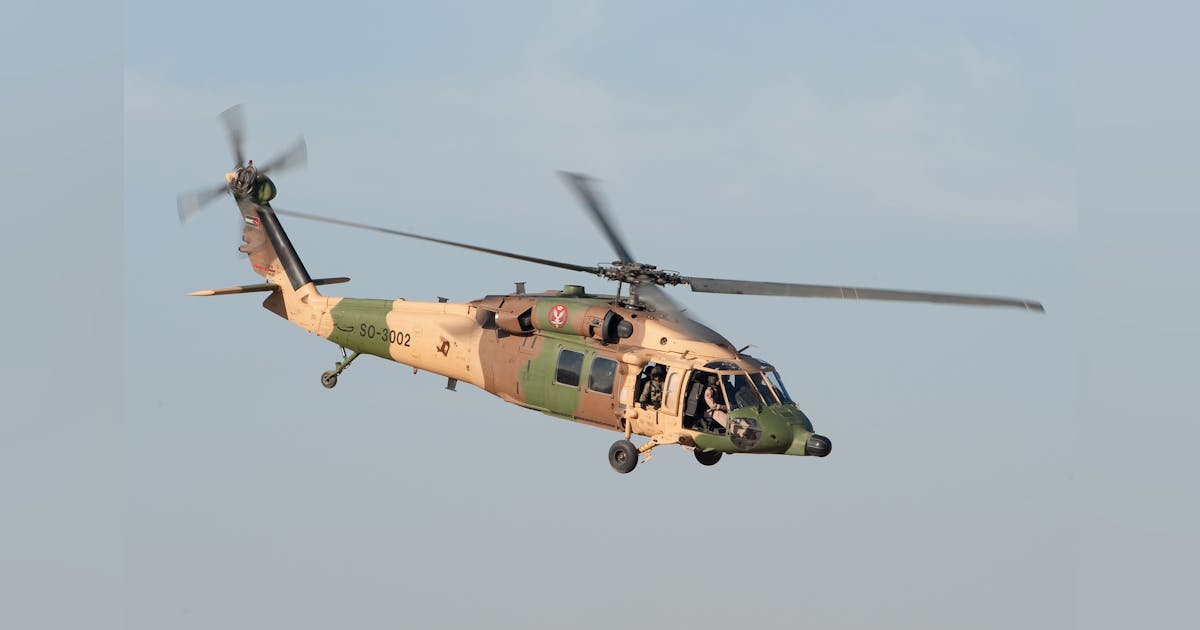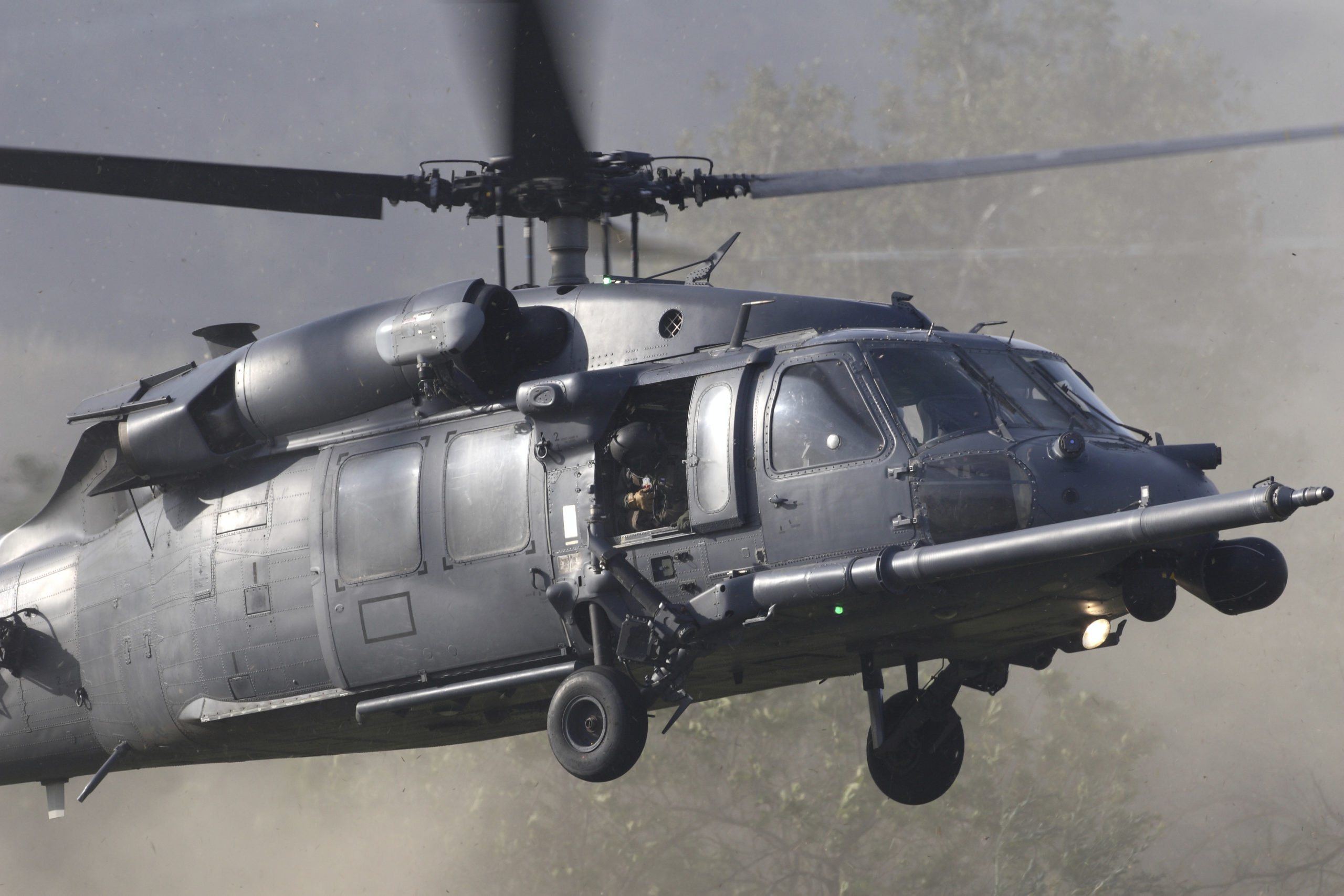UH 60 Helicopter: How It Continues to Shape Air Mobility and Combat Missions
UH 60 Helicopter: How It Continues to Shape Air Mobility and Combat Missions
Blog Article
Exploring the History and Advancement of the UH 60 Helicopter

Origins of the UH-60
The beginnings of the UH-60 helicopter can be traced back to the late 1960s, a period noted by the need for a functional energy airplane that might adjust to the advancing needs of modern warfare. The united state Army acknowledged the necessity for a replacement for the older UH-1 Iroquois, which was coming to be increasingly inadequate for the intricacies of modern fight situations. In 1967, the Army launched the Energy Tactical Transportation Airplane System (UTTAS) program, which looked for to develop a multi-role helicopter with the ability of numerous missions, including army transportation, clinical evacuation, and logistical assistance.
The style competition drew in several aerospace producers, yet it was Sikorsky Aircraft Corporation that ultimately secured the contract in 1972. The UH-60 Black Hawk was presented, showcasing innovative design elements and advanced modern technology that established it besides its precursors. Its maiden trip happened in 1974, and the airplane was officially adopted by the Army in 1979. The UH-60 quickly gained recognition for its robust performance, dependability, and flexibility, paving the way for its considerable use in army operations and solidifying its standing as a cornerstone of U.S. Army aeronautics.
Key Layout Functions
Ingenious style attributes of the UH-60 Black Hawk substantially contribute to its operational efficiency. One of the most notable elements is its twin-engine setup, which enhances dependability and provides a greater power-to-weight ratio, enabling the helicopter to execute under numerous conditions. The airplane's four-blade major blades system provides boosted lift and maneuverability, essential for tactical objectives.

In addition, the cabin is developed for optimal visibility and functional designs, including advanced avionics that enhance pilot operations. The modular layout of the UH-60 allows for very easy maintenance and versatility, making it ideal for numerous objective accounts, from troop transport to medevac procedures. These crucial style functions make sure that the UH-60 Black Hawk remains a versatile and reputable possession in military air travel, with the ability of satisfying the needs of modern-day warfare.
Technological Developments
Current technical developments in the UH-60 Black Hawk have actually considerably enhanced its operational abilities and versatility. The assimilation of advanced avionics, such as electronic trip control systems and improved situational recognition display screens, permits pilots to operate with raised precision and performance. These systems promote improved navigation, interaction, and information sharing, enabling the helicopter to work successfully in diverse environments.
Additionally, the introduction of composite materials has minimized the total weight of the airplane while preserving structural integrity. This decrease boosts fuel performance and extends operational range. The consolidation of innovative blades modern technology, including the use of four-blade, fully verbalized blades systems, has boosted lift efficiency and maneuverability, enabling better handling in different trip conditions.

Furthermore, innovations in propulsion systems, such as the T700-GE-701D engines, have raised power outcome and integrity - uh 60. These engines add to superior efficiency in high-altitude and hot-weather problems
Lastly, the combination of self-defense systems and improved sensing unit plans improves the Black Hawk's survivability and mission effectiveness. Jointly, these technical enhancements guarantee that the UH-60 Black Hawk remains an important asset in modern aeronautics, capable of adapting to the advancing needs of armed forces and altruistic objectives.
Duty in Military Operations
As the backbone of united state Army aeronautics, the UH-60 helicopter plays a critical role in numerous military operations, functioning as a versatile platform for battle assistance, transport, and medevac goals - uh read review 60. Its design integrates the capacity to operate in diverse settings, making it vital for troop motion and logistical support in both non-traditional and conventional warfare

In medical evacuation scenarios, the UH-60 has confirmed vital, substantially minimizing the moment to move wounded soldiers from the battlefield to clinical centers. Its innovative avionics and night vision capabilities better make certain objective success under difficult problems. In general, the UH-60 helicopter remains a vital property, continually adapting to meet the advancing demands of army operations and boosting the effectiveness of united state pressures worldwide.
Future of the UH-60
Looking in advance, the future of the UH-60 helicopter includes significant innovations in innovation and abilities developed to boost its functional effectiveness. As army operations develop, the UH-60 is expected to include innovative helpful hints modern technologies, consisting of boosted avionics, boosted tools systems, and progressed interaction tools. These enhancements will permit greater situational recognition and objective versatility, guaranteeing that the UH-60 remains a vital property on the combat zone.
One remarkable growth is the integration of fly-by-wire systems, which will enhance flight control precision and minimize pilot workload. Moreover, initiatives to update the airframe and engines aim to increase payload, speed, and variety ability, therefore expanding the helicopter's operational extent (uh 60).
The future likewise holds pledge for enhanced interoperability with unmanned airborne systems (UAS), making it possible for coordinated goals that leverage both manned and unmanned abilities. Furthermore, the unification of synthetic knowledge and equipment discovering might enhance trip dynamics and upkeep processes, leading to reduced operational prices.
Verdict
The UH-60 Black Hawk helicopter stands for a significant accomplishment in army aviation, advancing from the united state Military's first demands for a versatile energy aircraft. Its cutting-edge style functions and continuous technical improvements have actually guaranteed its relevance in different armed forces operations over the decades. As the demands of modern-day warfare adjustment, the future of the UH-60 will likely include more improvements and adaptations, reinforcing its condition as a vital property for armed forces worldwide.
The UH-60 Black Hawk helicopter represents a substantial turning point in army aeronautics, arising from the U.S. Army's quest for an extra flexible and reputable utility aircraft in the late 20th century.The official statement beginnings of the UH-60 helicopter can be mapped back to the late 1960s, a period marked by the demand for a flexible energy airplane that could adjust to the progressing demands of contemporary warfare. In general, the UH-60 helicopter continues to be an essential possession, continuously adjusting to satisfy the evolving demands of armed forces operations and boosting the performance of United state forces worldwide.
Looking in advance, the future of the UH-60 helicopter includes significant innovations in modern technology and abilities created to enhance its functional effectiveness.The UH-60 Black Hawk helicopter represents a considerable success in military aeronautics, developing from the U.S. Army's initial needs for a functional utility airplane.
Report this page